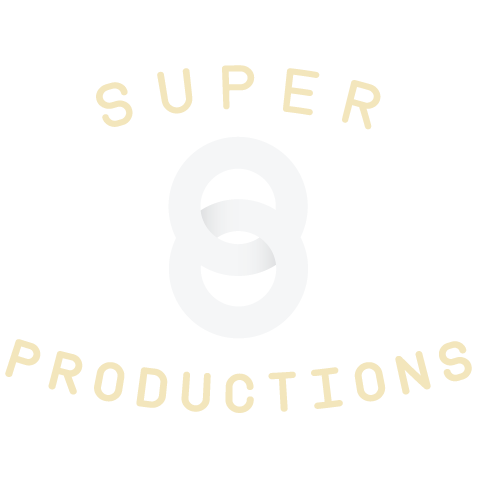The following 8mm film dates back to the 1950s. It was scanned in High Definition on our 4K scanner (with the "Wetgate" to physically conceal cracks & scratches in the emulsion). It was subsequently digitally restored (digital dirt removal + degraining + sharpening), before being professionally colour graded for optimal results. The difference is all the more visible when scaled up on a large screen.
If you scroll down and compare both images, you will be able to see what the original HD scan looked like, straight after the capture. While the original is already very high quality, the level of improvement we were able to achieve on this average looking film is very high.
The key is to capture as much image information as possible, like a digital negative if you will (1 minute =6Gb in size, whereas a 2hour compressed dvd fits on 4Gb), in order to get the most out of the footage in post production.
Note: The footage isn't the sharpest to start with, but was correctly exposed, so there was a lot of room for improvement in our digital restoration suite. As a matter of fact, this reel suffered from the "vinegar syndrome", which can affect some very old films and eventually makes them so curved, sticky and brittle that they eventually will be beyond recovery, unless specialized chemical processes are undertaken. Luckily, this reel was scanned on time, while the film was still in the early stages of decaying.
Here is a short HD sample from that film after restoration.
As explained above, this isn't the sharpest 8mm footage, but we will post examples of what it looks like scanned on lower quality transfer devices.


